In the murky depths of rivers and oceans, where light barely penetrates, some creatures have evolved extraordinary sensory abilities that transcend conventional vision. Among these remarkable adaptations, electroreception stands as perhaps one of the most fascinating sensory modalities in the animal kingdom. This ability to detect electrical fields has reached its pinnacle in certain species, allowing them to hunt, navigate, and communicate in complete darkness. The platypus, sharks, and various species of fish possess this remarkable sense, but none have mastered it quite like the electric fish of the order Gymnotiformes, particularly the black ghost knifefish. These extraordinary creatures can detect electrical signals as small as 1 nanovolt per centimeter—equivalent to detecting a 1.5-volt battery connected to electrodes placed 1,000 miles apart. Let’s dive into the fascinating world of electroreception and discover how these animals thrive in environments where others would be effectively blind.
The Science of Electroreception
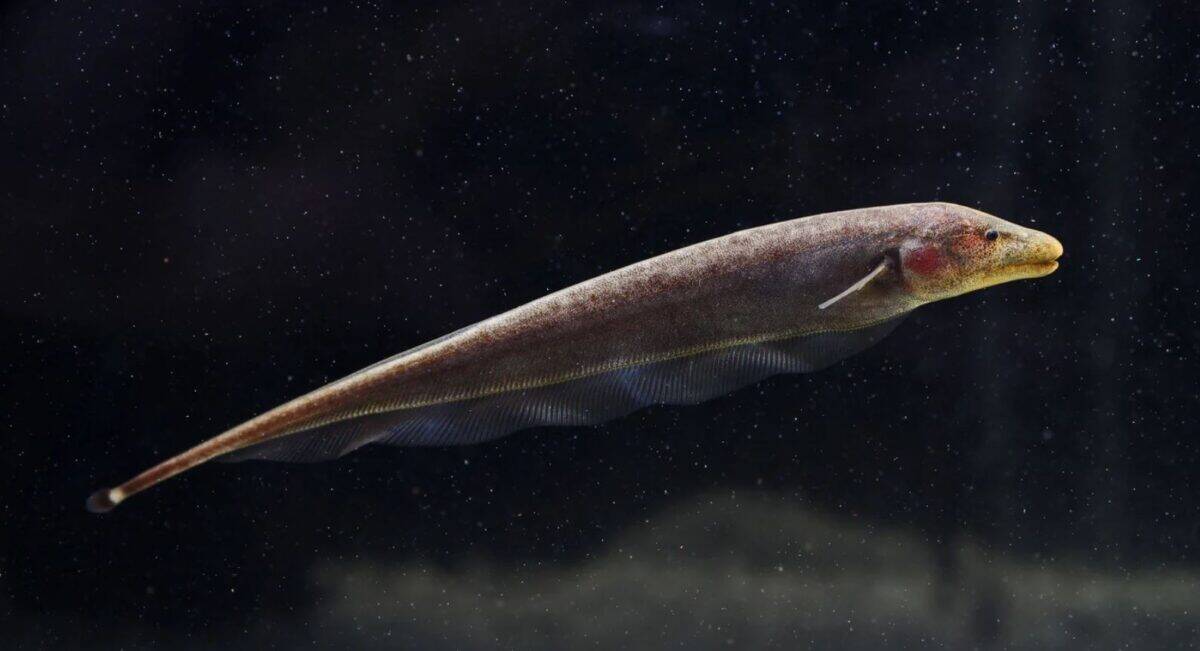
Electroreception is the biological ability to detect electrical fields or currents in the surrounding environment. This remarkable sense comes in two forms: passive and active electroreception. Passive electroreception involves detecting the natural bioelectric fields produced by all living organisms, while active electroreception requires the animal to generate its own electric field and detect distortions in this field caused by nearby objects. These electrical signals can reveal a wealth of information about prey, predators, potential mates, and environmental obstacles.
The detection process works through specialized organs called electroreceptors, which are essentially modified hair cells similar to those found in our ears. These cells contain voltage-sensitive proteins that change shape when exposed to electrical fields, triggering neural signals that the brain interprets. What makes this sense truly remarkable is its precision—some electroreceptive animals can detect voltage gradients as small as a few nanovolts per centimeter, making it one of the most sensitive sensory systems known in the animal kingdom.
The Black Ghost Knifefish: Master of Electroreception

Among the champions of electroreception, the black ghost knifefish (Apteronotus albifrons) stands out as one of the most specialized. Native to the Amazon Basin in South America, this nocturnal fish lives in murky, fast-flowing waters where visibility is extremely poor. With its ghostly black appearance and undulating ribbon-like fin that runs along its underside, the knifefish has a distinctive appearance that matches its unique sensory capabilities. Unlike many fish that primarily rely on vision, the black ghost knifefish has evolved to depend almost entirely on its electric sense.
What makes the black ghost knifefish truly exceptional is its ability to generate a continuous, weak electric field around its body using a specialized electric organ in its tail. This fish produces a constant electric discharge at frequencies between 700 and 1,800 Hz—far too high for human hearing but perfect for precise electroreception. When objects enter this field, they create distortions that the fish detects through thousands of electroreceptors distributed across its body. This gives the knifefish a three-dimensional “electric image” of its surroundings, allowing it to navigate and hunt with astonishing precision even in complete darkness.
How Electroreception Outperforms Vision
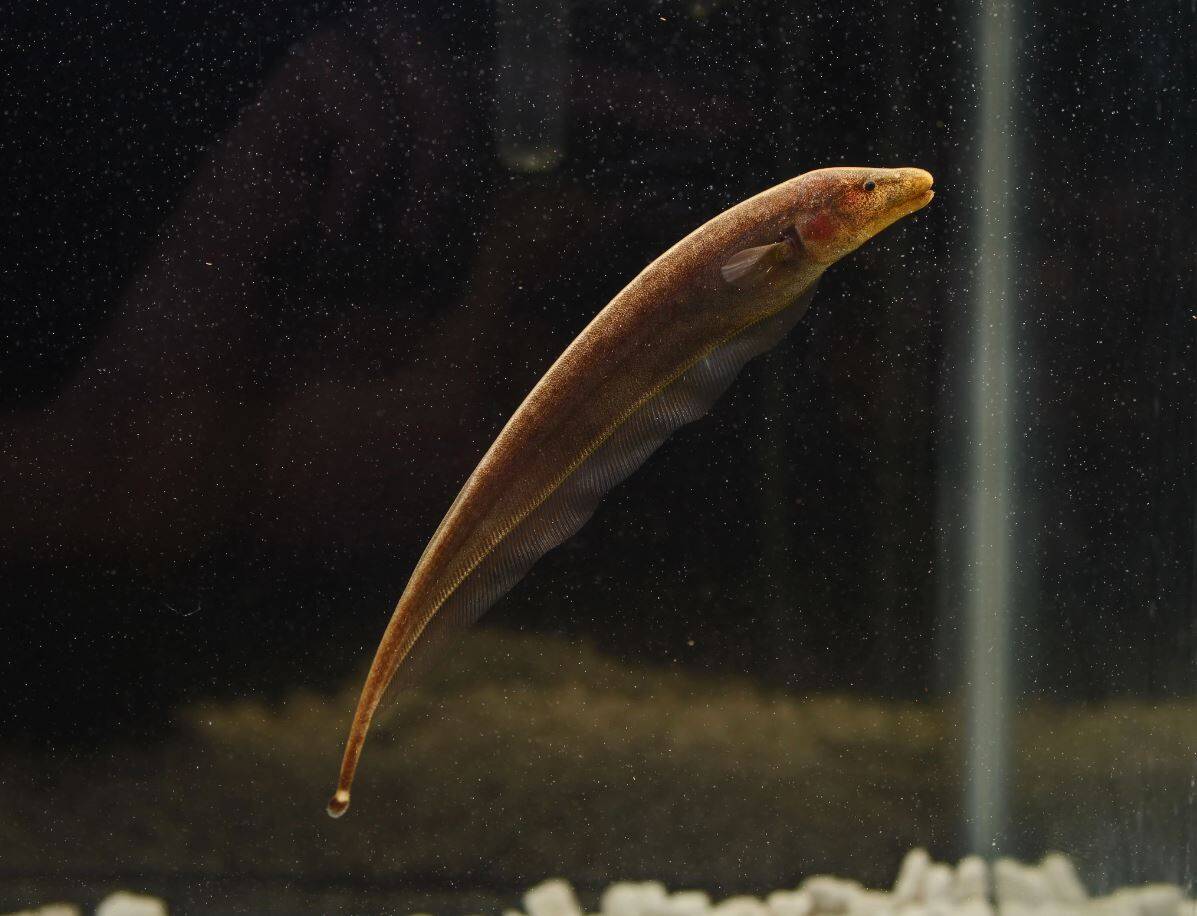
In many environments, electroreception offers distinct advantages over vision. While light cannot penetrate murky waters, electrical fields remain unaffected by turbidity, darkness, or physical barriers. This gives electroreceptive animals a significant edge in environments where visibility is limited. Additionally, while vision provides information about the surface appearance of objects, electroreception can reveal details about an object’s electrical properties, which can indicate whether it’s alive, what type of organism it might be, and even its physiological state.
The precision of electroreception is particularly remarkable when comparing hunting efficiency. Laboratory studies have shown that the black ghost knifefish can detect and accurately strike at prey items as small as 1-2 millimeters with nearly 100% accuracy in complete darkness. This level of precision rivals or exceeds what most visual predators can achieve in optimal lighting conditions. Furthermore, because every living organism generates electrical fields through muscle contractions and neural activity, prey animals cannot “hide” their electrical signatures the way they might camouflage their visual appearance.
The Impressive Range of Detection

The sensitivity of electroreception in specialized species is truly mind-boggling. The black ghost knifefish can detect voltage gradients as small as 1 nanovolt per centimeter—equivalent to detecting a 1.5-volt battery connected to electrodes placed 1,000 miles apart. This extraordinary sensitivity allows these fish to detect prey at distances several times the length of their body, giving them a significant hunting advantage in their natural environment. For context, if humans had comparable electroreceptive abilities, we could potentially detect the electrical activity of another person’s heart from across a football field.
This detection range varies based on several factors, including the size and electrical properties of the target object. Larger prey items with stronger bioelectric fields can be detected from greater distances. Similarly, objects with electrical conductivity significantly different from the surrounding water create stronger distortions in the fish’s electric field, making them more easily detectable. Studies have shown that these fish can differentiate between objects with conductivity differences as small as 0.1%, demonstrating the remarkable precision of their electroreceptive system.
The Specialized Anatomy of Electroreception

The extraordinary electroreceptive abilities of the black ghost knifefish are made possible by specialized anatomical adaptations. Their body contains two main types of electroreceptors: ampullary organs, which detect low-frequency electrical signals, and tuberous organs, which detect higher-frequency signals, including the fish’s own electric discharges. These receptors are distributed across the fish’s body in a pattern that maximizes sensitivity, with particularly high concentrations on the head and along the lateral line—a sensory system that runs down the length of most fish.
The electric organ that generates the fish’s electric field is equally specialized. In most electric fish, this organ develops from modified muscle tissue, but in the black ghost knifefish and other members of the Apteronotidae family, it develops from nerve tissue. This neurogenic electric organ allows for the production of exceptionally stable, high-frequency electric signals that provide more detailed sensory information. The organ runs along much of the fish’s body length, with thousands of electrocytes (specialized cells that generate electricity) arranged in series to produce the continuous electric discharge that forms the foundation of the fish’s sensory world.
Hunting Without Eyes: The Electroreceptive Predation Strategy

The hunting strategy of electroreceptive predators like the black ghost knifefish is a masterclass in sensory specialization. When hunting, these fish don’t simply react to the presence of prey but actively analyze the electrical information to make sophisticated decisions. The process begins with the detection of the bioelectric field generated by potential prey. The fish then assesses the size, movement pattern, and electrical signature of the target to determine if it’s suitable prey. This evaluation happens in milliseconds, allowing for rapid responses to fast-moving prey items.
Once a target is identified, the knifefish positions itself for attack with remarkable precision. Using its ribbon-like anal fin for propulsion, it can hover, move forward or backward, or rotate in place—all while maintaining a constant awareness of its prey’s position through electroreception. The final strike is typically executed with a quick forward lunge, with the mouth positioned precisely where the prey is located. High-speed video recordings of these attacks show success rates approaching 95% in complete darkness—a hunting efficiency that few predators can match, regardless of which sensory systems they employ.
Electroreception for Social Communication

Beyond hunting, electroreception serves a crucial role in the social lives of electric fish. Each individual produces an electric discharge with a characteristic frequency and waveform that serves as a unique “electrical signature.” This signature allows fish to recognize members of their own species, determine the sex and reproductive status of potential mates, and establish dominance hierarchies without physical confrontation. During courtship, males and females engage in complex “electrical duets,” modulating their discharge patterns in ways that communicate receptivity and synchronize reproductive behaviors.
These electrical communications can be remarkably sophisticated. For example, when two fish with similar discharge frequencies encounter each other, they will adjust their frequencies to avoid interference—a phenomenon known as the jamming avoidance response. This adjustment happens automatically and allows multiple electric fish to operate in close proximity without disrupting each other’s sensory systems. Such adaptations demonstrate how electroreception has evolved not just as a means of detecting prey but as a comprehensive system for navigating the complex social and ecological challenges of these specialized animals’ lives.
Other Remarkable Electroreceptive Animals

While the black ghost knifefish represents one of the most specialized electroreceptive animals, this sensory ability appears in various forms across several animal groups. Sharks and rays possess an extensive network of ampullary electroreceptors called the ampullae of Lorenzini, which appear as small pores on their snouts and heads. These organs allow them to detect the minute electrical fields produced by the muscle contractions of hidden prey, enabling them to find fish buried in sand or swimming above in murky waters. Some shark species can detect electrical fields as weak as 5 nanovolts per centimeter—sensitive enough to detect a prey animal’s heartbeat.
The platypus presents another fascinating case of electroreception. This egg-laying mammal hunts underwater with its eyes, ears, and nostrils closed, relying instead on thousands of electroreceptors in its bill to detect the electrical impulses of prey animals’ muscle contractions. When hunting, platypuses sweep their bills from side to side, creating a comprehensive electrical map of their surroundings. Similarly, certain species of dolphins have been found to possess electroreceptive capabilities, though their systems are less specialized than those of the animals mentioned above. These diverse examples demonstrate how electroreception has evolved independently multiple times across the animal kingdom, highlighting its value as a sensory adaptation in aquatic environments.
The Evolution of Electroreception
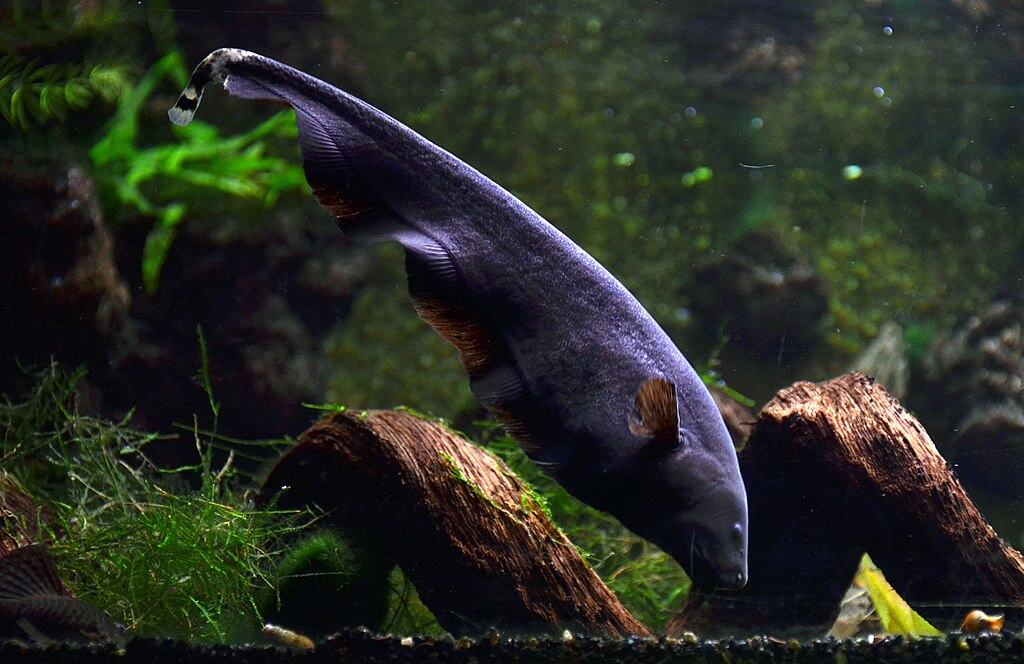
The evolutionary history of electroreception reveals a fascinating story of adaptation and specialization. Electroreception is believed to be an ancient sense that evolved early in vertebrate evolution, possibly present in the common ancestor of all vertebrates. However, while many fish lineages retained and refined this sense, it was lost in the ancestors of most land vertebrates, likely because air is a poor conductor of electricity compared to water. The presence of electroreception in monotremes like the platypus represents a case of secondary evolution, where these mammals re-evolved the sense independently after their ancestors lost it.
In the case of actively electric fish like the black ghost knifefish, the evolutionary pathway was particularly complex. These fish first evolved passive electroreception, allowing them to detect the bioelectric fields of other organisms. Later, some fish developed specialized muscle cells that could generate weak electrical signals, initially likely used for communication. Over millions of years, these communication systems became increasingly sophisticated, eventually evolving into the high-frequency electric organs and specialized receptors we see today. This gradual progression from passive detection to active electrical imaging represents one of the most remarkable examples of sensory specialization in the animal kingdom.
Conservation Challenges for Electroreceptive Species

The specialized nature of electroreceptive animals makes them particularly vulnerable to certain anthropogenic threats. Artificial electromagnetic fields generated by underwater cables, hydroelectric dams, and other infrastructure can potentially disrupt the sensory systems of these animals. Studies have shown that electric fish can become disoriented when exposed to artificial electric fields, potentially affecting their ability to navigate, find food, and communicate with conspecifics. In environments where these artificial fields are strong and persistent, entire populations of electroreceptive species could be affected.
Climate change presents additional challenges for electroreceptive species. Changes in water temperature can affect the conductivity of water, potentially altering the effectiveness of electroreception. Additionally, many electroreceptive species inhabit specific ecological niches in freshwater systems that are particularly vulnerable to droughts, flooding, and other climate-related disruptions. Conservation efforts for these specialized animals must therefore consider not just traditional threats like habitat destruction and pollution but also the unique challenges posed by electromagnetic interference and changing environmental conditions that might specifically impact their remarkable sensory capabilities.
Scientific Applications of Electroreception Research
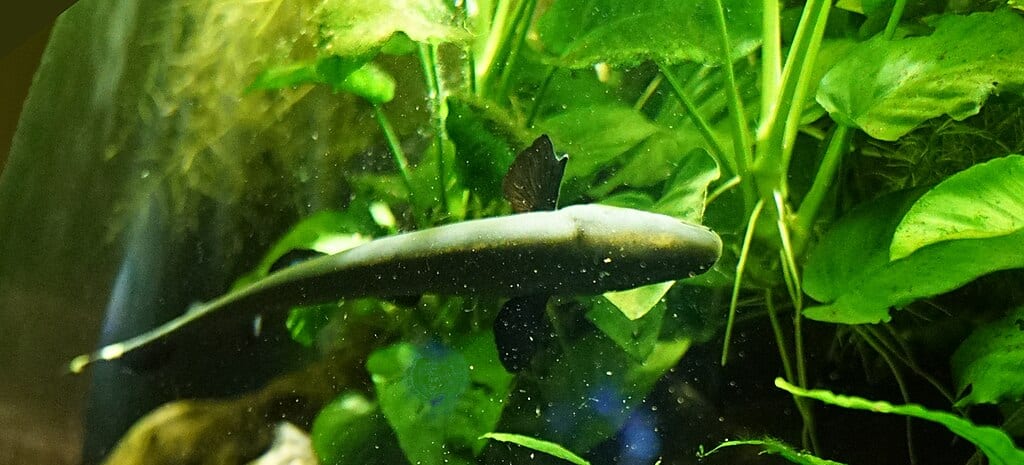
Research into the electroreceptive abilities of animals like the black ghost knifefish has yielded valuable insights with applications across multiple scientific disciplines. In neuroscience, studying how these animals process complex electrical information has provided models for understanding sensory integration and neural computation more broadly. The jamming avoidance response of electric fish, in particular, has become a classic model system for studying how the brain performs real-time sensory analysis and motor coordination, influencing our understanding of neural networks and information processing.
In engineering and robotics, the electroreceptive systems of these animals have inspired the development of bio-inspired sensors for underwater navigation and object detection. These sensors can function in environments where traditional sensing methods like sonar or optical cameras would be ineffective, such as in turbid waters or confined spaces. Similarly, the energy-efficient information processing strategies employed by electroreceptive animals have influenced the development of algorithms for artificial sensory systems. As research in this field continues, the extraordinary sensory capabilities of electroreceptive animals will likely continue to inspire innovations in technology, medicine, and our fundamental understanding of sensory biology.
The Remarkable World of Sensory Specialization
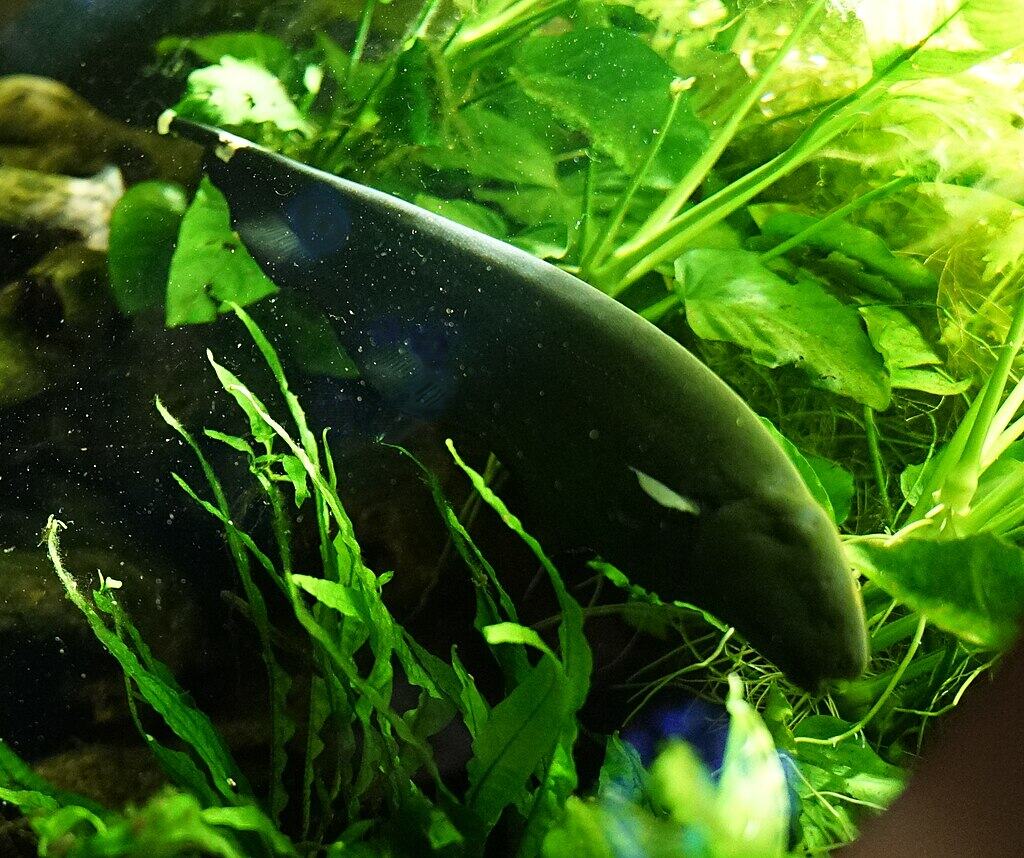
The extraordinary electroreceptive abilities of the black ghost knifefish and other specialized species highlight the remarkable diversity of sensory adaptations in the animal kingdom. These animals have evolved to perceive aspects of the world that remain completely imperceptible to human senses, reminding us of the limited window through which we experience our environment. Their ability to navigate, hunt, and communicate through electrical signals demonstrates nature’s remarkable capacity for innovation when confronted with environmental challenges such as darkness or turbid waters.
As we continue to study these remarkable sensory specialists, we gain not only a deeper appreciation for the diversity of life on Earth but also valuable insights that can inform human technology and our understanding of sensory processing. The black ghost knifefish, with its ability to create a detailed electrical image of its surroundings without seeing, stands as a testament to the power of evolutionary adaptation and the extraordinary sensory worlds that exist alongside our own. In understanding these alternative ways of perceiving reality, we expand our own awareness of the complex and multifaceted nature of life on our planet.
- How Bison Are Reshaping the American Prairie - August 25, 2025
- Bats as Harbingers of Luck—and Doom—in Global Folklore - August 25, 2025
- Are Wildlife Corridors Really Helping Animals Migrate? - August 25, 2025

